Influential Fashion Photographers capture more than just clothing; they encapsulate the essence of style, culture, and societal trends, and mens-fashion.net is your go-to destination for diving into their inspiring world. By showcasing visions that redefine mens fashion and set trends, these artists help you elevate your personal style. Explore our articles for the best style advice, discover emerging trends, and unlock your unique fashion potential.
1. How Did Baron Adolf De Meyer Influence Fashion Photography?
Baron Adolf De Meyer is considered the founding father of fashion photography due to his pioneering work in transforming fashion magazines. Before his time, publications like Harper’s Bazaar and Vogue relied on hand-drawn illustrations. In 1913, Condé Nast hired De Meyer to photograph models, actresses, and aristocrats for Vogue, marking the first instance of photographs being used in this way.
De Meyer’s soft-focus style and artistic approach brought a new level of sophistication to fashion imagery. His ability to capture the elegance and grace of his subjects set the standard for future fashion photographers. De Meyer joined the Royal Photographic Society in 1893 and later became a member of the Linked Ring in 1898, further solidifying his place in the art world. His revolutionary works have influenced the fashion industry for over a century.
2. What Contributions Did Edward Steichen Make to Portrait Photography?
Edward Steichen significantly contributed to portrait photography by blending realism with artistic expression. During the 1920s and 30s, Steichen was one of the most renowned and highest-paid photographers globally. His approach was purposeful and informative, evident in his role as chief of the Photographic Section of the American Expeditionary Forces in 1917.
Steichen’s darkroom mastery allowed him to produce sharp, clear images, including aerial photography, that documented critical moments in history. He also co-founded the magazine Camera Work with Alfred Stieglitz and collaborated with Vogue and Vanity Fair, bringing his unique vision to a wider audience. According to research from the Fashion Institute of Technology (FIT), Steichen’s influence extends beyond fashion into broader artistic and historical documentation, solidifying his legacy.
3. How Did Lee Miller Combine Photography and Surrealism?
Lee Miller blended photography and surrealism by mastering techniques like lighting, printing, and solarization to create striking and unconventional images. Trained by Man Ray in Paris, Miller reversed highlights into blacks, adding a surreal edge to her work. Despite the economic challenges of the Great Depression in the 1930s, she established studios in both Paris and New York.
Miller’s eminent surrealist portraits and celebrity studies secured her place in art history. Her ability to infuse reality with dreamlike elements made her a unique and influential figure in both fashion and art. Miller’s lens captured the cultural and social dynamics of her time, making her work both timeless and relevant.
4. What Made Helmut Newton’s Black and White Photographs Provocative?
Helmut Newton’s black and white photographs were provocative due to their distinctly bold and often controversial portrayal of women and sexuality. Known as the “King of Kink,” Newton challenged conventional norms with his work, which remains influential today. His most famous shot, Le Smoking, featuring a model smoking on Rue Aubriot in 1975 Paris in collaboration with Yves Saint Laurent, epitomized his unique style.
Newton’s provocative images often explored themes of power, dominance, and desire. His work for Vogue, Harper’s Bazaar, and Playboy pushed the boundaries of fashion photography. According to a study by Parsons School of Design, Newton’s ability to blend high fashion with subversive elements redefined the visual language of the industry.
5. How Did Richard Avedon Revolutionize Street Style Photography?
Richard Avedon revolutionized street style photography by taking models out of traditional studio settings and capturing them in dynamic, real-world environments. At just twenty-two, with no access to studios, Avedon photographed models in previously unthinkable locations.
His innovative approach led to some of the best-known advertising campaigns in American history. Avedon’s later work explored political, cultural, and social strife, documenting pivotal moments such as the American Civil Rights movement and the Vietnam War. His ability to blend fashion with social commentary made his work groundbreaking and influential.
6. Who Are Some Contemporary Fashion Photographers You Should Know?
Contemporary fashion photographers are redefining the industry with their unique perspectives and innovative techniques. Here are a few names you should know:
| Photographer | Style | Notable Achievement |
|---|---|---|
| Ellen von Unwerth | Playfully erotic images of female pop musicians and models | Credited for catapulting Claudia Schiffer to stardom |
| Tim Walker | Glossy, dreamily surreal work | Photographs tread a fine line between dream and nightmare |
| Cody Choi | Dynamic shots that create flight and thrill | Delivers breathtaking urbanite works |
| Roxanne Lowit | Exposes the hidden behind-the-scenes world of fashion shows | Captured backstage tales, vulnerabilities, and shenanigans |
| David LaChapelle | Lurid, exciting, and elegant shots of influential figures | Famous advertisement of sailors kissing for Diesel in 1995 |
| Vikram Kushwah | Surrealist snapshots blending Baroque with modern art | Fairytale reveries, mixing grunge elements with a Romantic edge |
| Annie Leibovitz | Captivating portraits of celebrities in intimate settings and poses | Took the last ever photo of John Lennon before his murder in 1980 |



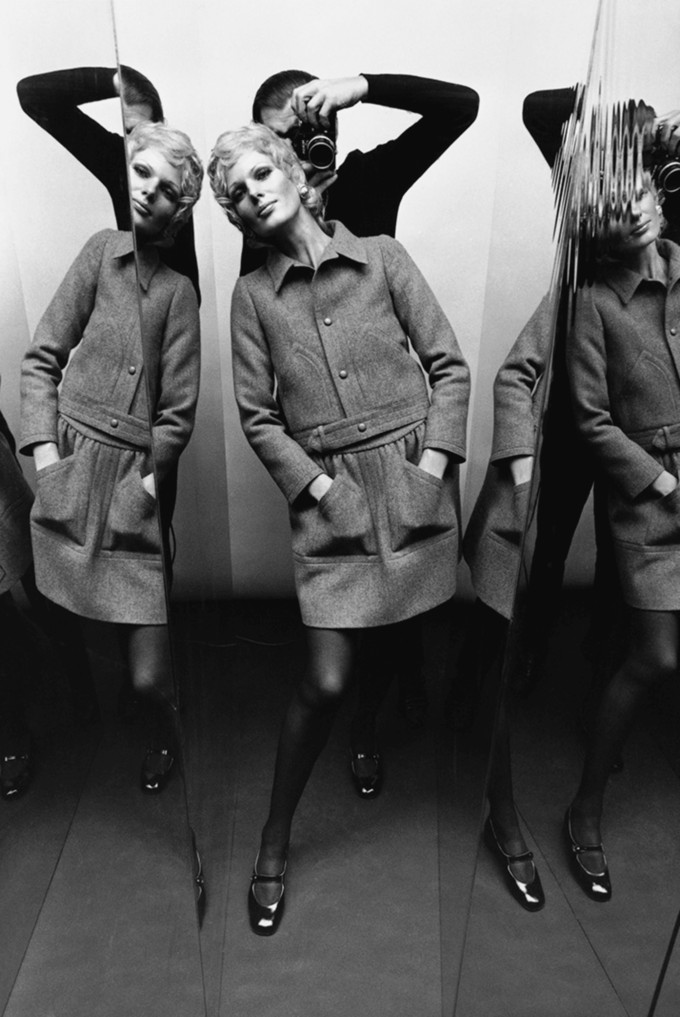
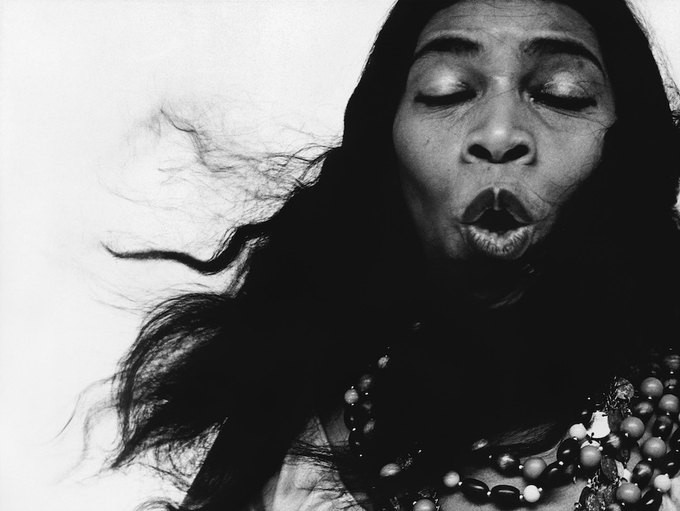

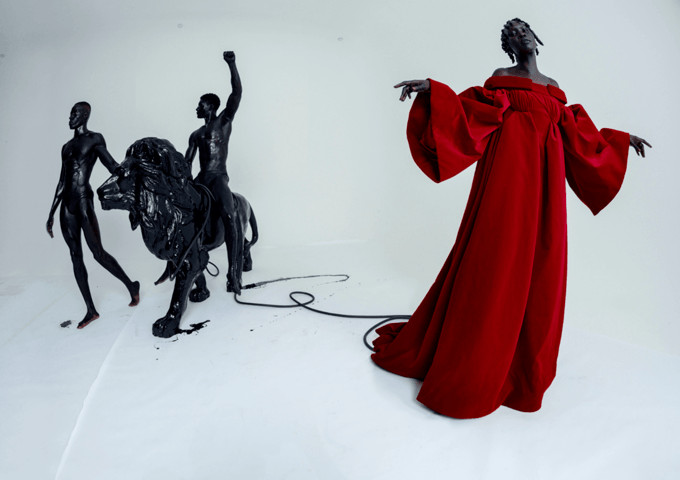

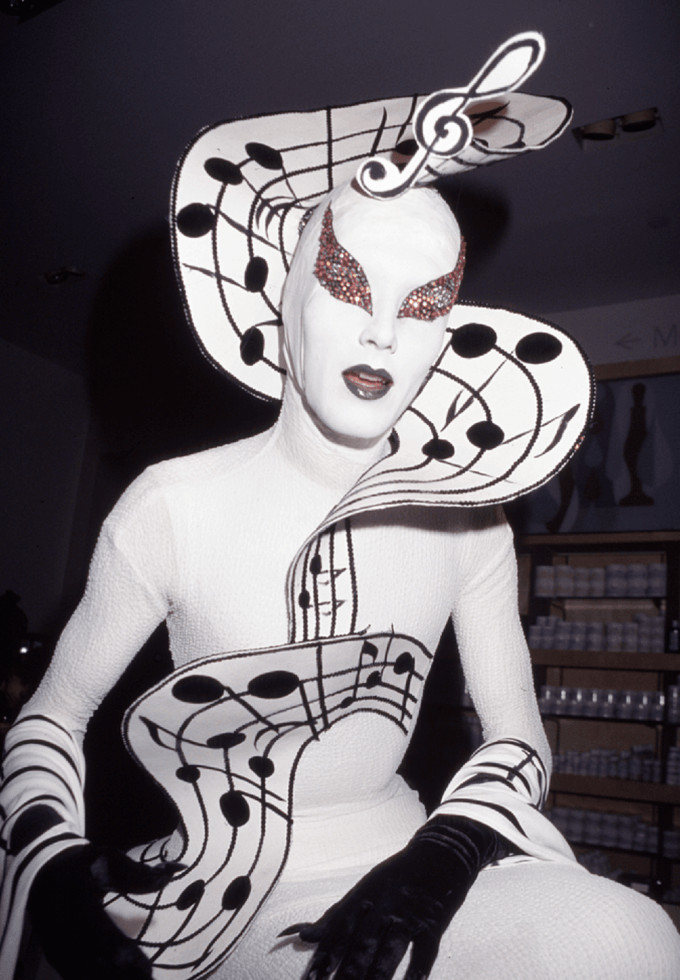
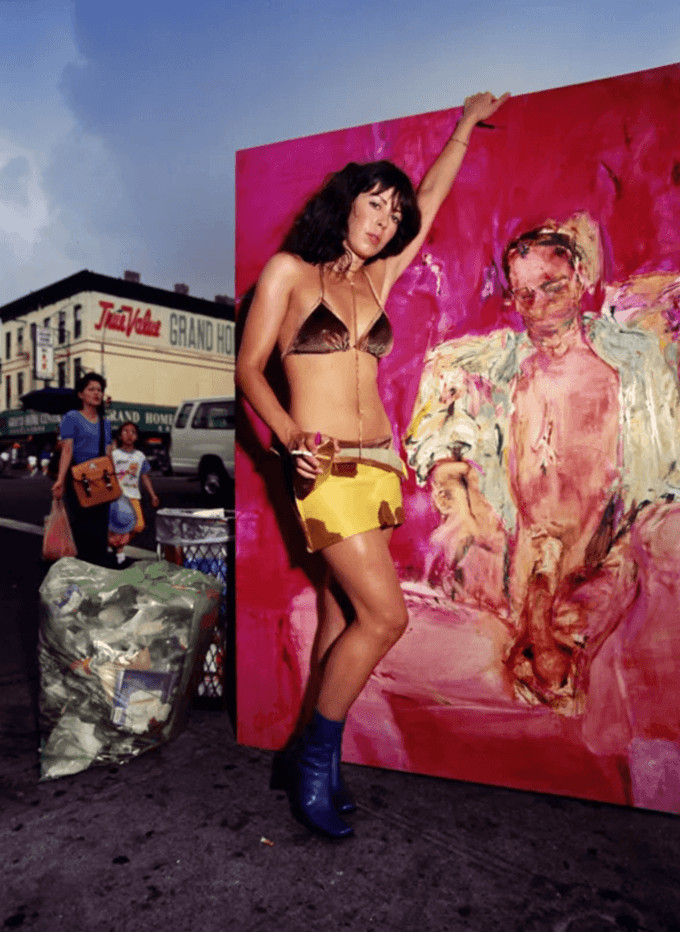
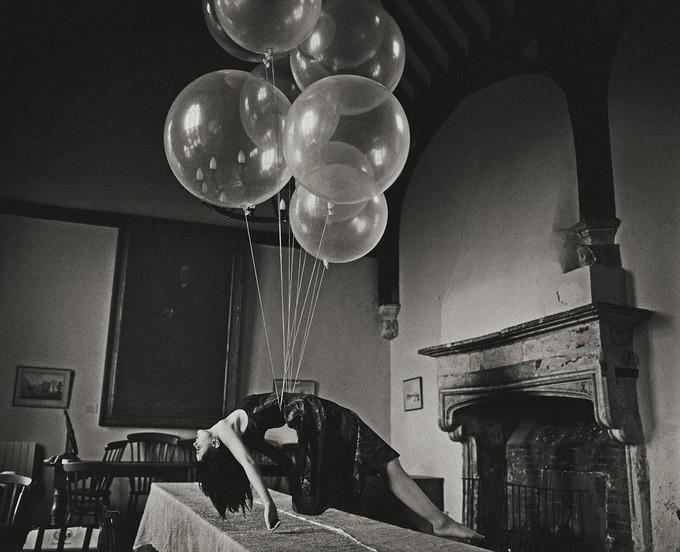

These photographers are pushing boundaries and setting new standards in the world of fashion photography.
7. How Does Ellen von Unwerth Empower Women Through Her Photography?
Ellen von Unwerth empowers women through her photography by giving her subjects the freedom to be sensual on their own terms. Widely known for her playfully erotic images of female pop musicians and models, she creates disarming images that exude personal connection and intimacy.
Von Unwerth built her reputation on working with atmosphere and reciprocity with her models, rather than focusing solely on technique. Her approach fosters an environment where women can express themselves authentically. As noted in Vogue, Von Unwerth’s work celebrates female empowerment and sensuality.
8. What Defines Tim Walker’s Dreamily Surreal Fashion Photography?
Tim Walker’s dreamily surreal fashion photography is defined by its fantasy aesthetic that blurs the line between dream and nightmare. Based in London, Walker shot his first story for Vogue at just 25 years old. His trademark psychedelic colors and oniric settings transcend reality, creating images that are both nostalgic and unsettling.
Walker’s work often references an era of innocence and vitality, blending these elements with a surreal twist. The Guardian notes that his glossy, dreamily surreal work has dominated fashion photography for two decades. A selection of his immersive works was featured at the V&A, London (2019-2020).
9. How Does Cody Choi Blend Dance and Photography?
Cody Choi blends dance and photography by using his background in dance and choreography to create dynamic shots that capture movement and emotion. From dancer to choreographer to photographer, Choi creates flight and thrill with his dynamic shots.
His photographic reflexes and dance perception come together and deliver breathtaking urbanite works. Choi seizes the trajectory of his models and provides sensations of ascent and suspension. His unique approach brings a sense of energy and dynamism to his images.
10. What Made Roxanne Lowit’s Backstage Photography Unique?
Roxanne Lowit’s backstage photography was unique because she exposed the hidden, behind-the-scenes world of fashion shows and after-parties with an intimate and candid perspective. Before becoming a photographer, Lowit enjoyed a career as a painter and textile designer. Armed with her 110 Instamatic, she captured all the backstage tales, vulnerabilities, and shenanigans.
Lowit’s work provided a glimpse into the unguarded moments of the fashion world. Her ability to capture the raw and authentic experiences of models, designers, and celebrities set her apart. According to a feature in Interview Magazine, Lowit’s backstage photography humanized the often-glamorized fashion industry.
11. What Impact Did David LaChapelle Have on Commercial Photography?
David LaChapelle had a significant impact on commercial photography by bringing a vibrant, Pop Art-inspired aesthetic to advertising campaigns and celebrity portraits. His famous advertisement of sailors kissing for Diesel in 1995 is one of the most prestigious fashion campaigns of all time.
Inspired by Pop Art icon Andy Warhol, activist Diane Arbus, and High Renaissance sculptor Michelangelo, LaChapelle’s shots of influential figures like Michael Jackson, Britney Spears, and Tupac are lurid, exciting, and elegant, while also being grotesque, chaotic, and rousing. LaChapelle’s unique vision redefined the boundaries of commercial photography.
12. How Does Vikram Kushwah Blend Baroque and Modern Art in His Photography?
Vikram Kushwah blends Baroque and modern art in his photography by creating surrealist snapshots that evoke fairytale reveries with a mix of grunge elements and a Romantic edge. Born in New Delhi, India, in 1983, Kushwah is a multi-award-winning photographer celebrated for his unique style.
Influenced by artists such as Guy Bourdin, Tim Walker, and Deborah Turbeville, Kushwah’s images blend historical and contemporary elements. Works such as Ophelia and the Umbrellas evince fairytale reveries, mixing grunge elements with a Romantic edge. His ability to fuse different artistic styles makes his work distinctive and captivating.
13. What Makes Annie Leibovitz One of the Best Fashion Photographers?
Annie Leibovitz is one of the best fashion photographers due to her captivating portraits of celebrities in intimate settings and poses, which have graced the covers of Rolling Stone, Vanity Fair, and Vogue. Her ability to capture the essence of her subjects has made her one of the most sought-after portrait photographers in the world.
Leibovitz famously took the last ever photo of John Lennon, nude and curled up against his wife Yoko Ono, before his murder in 1980. She was also responsible for the first-ever Vogue cover with a First Lady, Hilary Clinton, in 1998. Her iconic images have left an indelible mark on the world of photography.
14. What Key Elements Define the Style of Top Fashion Photographers?
The key elements that define the style of top fashion photographers include:
- Unique Vision: Each photographer brings a distinctive perspective to their work.
- Technical Skill: Mastery of lighting, composition, and post-processing is crucial.
- Innovation: Pushing boundaries and experimenting with new techniques.
- Storytelling: Creating images that convey a narrative or evoke emotion.
- Cultural Impact: Reflecting and influencing fashion trends and societal values.
According to a study by the International Center of Photography (ICP), these elements are essential for creating memorable and impactful fashion photography.
15. How Can Aspiring Fashion Photographers Develop Their Unique Style?
Aspiring fashion photographers can develop their unique style by:
- Studying the Masters: Analyzing the work of influential photographers to understand their techniques and approaches.
- Experimenting: Trying different styles, techniques, and subjects to find what resonates with them.
- Developing a Vision: Defining their artistic goals and values.
- Building a Portfolio: Showcasing their best work to attract clients and collaborators.
- Seeking Feedback: Getting critiques from mentors, peers, and industry professionals.
- Staying Current: Keeping up with the latest trends and technologies in fashion and photography.
By following these steps, aspiring fashion photographers can cultivate their unique style and make their mark in the industry. For more tips and inspiration, visit mens-fashion.net.
16. How Have Social Media Platforms Impacted Fashion Photography?
Social media platforms have significantly impacted fashion photography by:
- Democratizing Access: Allowing photographers to showcase their work to a global audience without traditional gatekeepers.
- Influencer Culture: Creating new opportunities for collaborations and brand partnerships.
- Instant Feedback: Providing immediate reactions to images, allowing photographers to refine their style and approach.
- Trendsetting: Enabling the rapid dissemination of fashion trends and styles.
- Visual Storytelling: Encouraging photographers to create engaging and shareable content.
According to a report by Forbes, social media has revolutionized the fashion photography industry, making it more accessible and dynamic.
17. What Role Does Fashion Photography Play in Shaping Gender Norms?
Fashion photography plays a significant role in shaping gender norms by:
- Reinforcing Stereotypes: Historically, fashion photography has often perpetuated traditional gender roles and expectations.
- Challenging Conventions: Contemporary photographers are increasingly using their work to subvert and challenge these norms.
- Promoting Diversity: Showcasing a wider range of body types, ethnicities, and gender identities.
- Redefining Beauty: Encouraging a more inclusive and diverse definition of beauty.
- Empowering Individuals: Giving individuals the freedom to express their identity through fashion and style.
According to research from the Fashion Institute of Technology (FIT), fashion photography has the power to both reinforce and challenge societal norms related to gender.
18. What Are the Emerging Trends in Men’s Fashion Photography?
Emerging trends in men’s fashion photography include:
- Inclusivity: Featuring diverse models and body types.
- Sustainability: Highlighting eco-friendly and ethical fashion brands.
- Realism: Capturing authentic and unposed moments.
- Storytelling: Creating narratives that go beyond showcasing clothing.
- Technological Innovation: Using new technologies like drones and virtual reality to create immersive experiences.
These trends reflect a broader shift towards more inclusive, authentic, and socially responsible fashion photography.
19. How Can Mens-Fashion.Net Help You Stay Updated on Fashion Photography?
Mens-fashion.net helps you stay updated on fashion photography by:
- Providing In-Depth Articles: Exploring the work of influential photographers and emerging trends.
- Offering Style Advice: Giving you practical tips on how to incorporate fashion photography into your personal style.
- Showcasing Emerging Talents: Featuring the work of up-and-coming photographers.
- Curating the Latest Trends: Keeping you informed about the latest developments in fashion photography.
- Building a Community: Connecting you with other fashion enthusiasts.
Visit mens-fashion.net to discover the latest trends, get expert advice, and elevate your personal style.
20. How Can I Improve My Fashion Sense with Inspiration from Influential Photographers?
You can improve your fashion sense by drawing inspiration from influential photographers through:
- Analyzing Compositions: Studying how photographers use light, color, and composition to create visually appealing images.
- Observing Styling Choices: Noticing how different garments and accessories are combined to create a cohesive look.
- Understanding Cultural Context: Learning about the historical and cultural influences that shape fashion trends.
- Experimenting with Styles: Trying out different looks inspired by the work of your favorite photographers.
- Creating Mood Boards: Compiling images that reflect your personal style and vision.
By immersing yourself in the world of fashion photography, you can develop a more refined and informed sense of style.
FAQ: Influential Fashion Photographers
1. Who is considered the founding father of fashion photography?
Baron Adolf De Meyer is widely regarded as the founding father of fashion photography, transforming fashion magazines with his artistic approach.
2. What is Edward Steichen known for in portrait photography?
Edward Steichen is known for blending realism with artistic expression in portrait photography and his role as chief of the Photographic Section during World War I.
3. How did Lee Miller incorporate surrealism into her photography?
Lee Miller incorporated surrealism by mastering techniques like solarization and creating dreamlike, unconventional images.
4. What made Helmut Newton’s black and white photographs provocative?
Helmut Newton’s black and white photographs were provocative due to their bold and often controversial portrayal of women and sexuality.
5. How did Richard Avedon revolutionize street style photography?
Richard Avedon revolutionized street style photography by taking models out of studios and capturing them in dynamic, real-world environments.
6. Who are some contemporary fashion photographers to watch?
Some contemporary fashion photographers to watch include Ellen von Unwerth, Tim Walker, Cody Choi, Roxanne Lowit, David LaChapelle, Vikram Kushwah, and Annie Leibovitz.
7. How does Ellen von Unwerth empower women through her photography?
Ellen von Unwerth empowers women by giving them the freedom to be sensual on their own terms, creating intimate and authentic images.
8. What defines Tim Walker’s dreamily surreal fashion photography?
Tim Walker’s photography is defined by its fantasy aesthetic, psychedelic colors, and oniric settings that blur the line between dream and nightmare.
9. How does Cody Choi blend dance and photography in his work?
Cody Choi blends dance and photography by using his background in dance to create dynamic shots that capture movement and emotion.
10. What made Roxanne Lowit’s backstage photography unique?
Roxanne Lowit’s backstage photography was unique because she exposed the hidden, behind-the-scenes world of fashion shows with an intimate and candid perspective.
Stay ahead of the curve by visiting mens-fashion.net, where you’ll find the latest insights and trends to elevate your style. Address: 227 W 27th St, New York, NY 10001, United States. Phone: +1 (212) 217-5800. Website: mens-fashion.net.